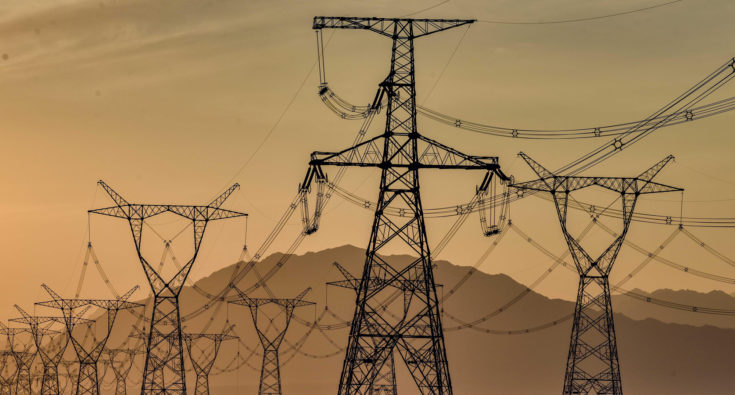
In addition to product delays for everything from game consoles to sofas and bikes because of the global shortage of computer chips and containers, the energy crisis in China is now also threatening Nordic Christmas shopping.
According to TV2, Chinese factories are being forced to cut back on production because the country’s electricity grid cannot keep up with demand and green transition. This means that the delivery time for “Made in China” products can be even longer and maybe also more expensive. This will apply to a long list of products including for example Christmas lights, Christmas decorations, toys, hair trimmers, and underwear.
The main reason for the acute shortage of electricity in China is because Chinese factories are in the midst of an export boom that no one had anticipated during a pandemic, according to Ma Jun who is one of China’s leading environmental experts and head of the NGO Institute of Public & Environmental Affairs.
“The high demand in Europe and the US means that there is a shortage of coal in China, and therefore prices have risen. But coal-fired power plants have no motivation to increase production because they operate with a price cap. This means that the more they produce, the more money they lose,” Ma Jun explains.
The result is that not enough electricity is produced to keep the world’s largest production apparatus running. Therefore, rationing on electricity has been introduced in several provinces. In the northeastern part of the country, power outages have also affected private apartment blocks and shopping malls.
But there is also another explanation for the power outages, which is something Ma Jun and other environmental organizations in China are very pleased about. Some local governments are limiting production at their coal-fired power plants to save CO2 emissions.
“The central government has recently tightened its grip on local governments and is now seriously implementing all the new environment and work rules that have been adopted several years ago. Local leaders are now being measured on their CO2 reduction,” he says.
The challenge is that China still gets about 60 percent of its energy consumption from coal, and there are major structural problems in the country’s electricity grid, which make it difficult to convert to solar and wind energy.
“There must be major changes in energy and transport. It’s a painful transformation, and the current lack of electricity is a reminder that it will not be easy,” says Ma Jun.
